It sounds a simple enough task — putting the bins out ready for collection — but you’d be surprised at how often it can go wrong.
It’s so frustrating when your wheelie bin isn’t emptied as often there isn’t another collection of that particular bin for a fortnight.
So, we’ve put together this guide for ensuring your bin gets emptied successfully each and every time.
Put your bins out on the correct day
You might think this should go without saying, but it’s surprisingly easy to get muddled about which wheelie bin needs to be put out when.
Throw Christmas or Bank Holidays into the mix, and it’s no wonder some of us pop the bin out on the wrong day.
So, set yourself reminders on your phone for each bin and pay attention to any special collections, too.
Close the bin lid
Always make sure your wheelie bin lid is firmly closed as if there is any waste propping it open, the waste operatives won’t empty it.
This closed lid policy has come about for several reasons:
- An open bin lid can snag on machinery and is a risk to waste operatives.
- Open bin lids lead to littering.
- An open bin lid means you have overfilled your bin, and a line has to be drawn somewhere.
Some councils will put a sticker on your bin if you overfill it, warning you not to do so again.

Don’t pile waste up next to the bin
As with the open bin lid, waste piled up in the street is a hazard. It is also surplus to the amount of waste that the council are happy to collect from each household.
If you have created more waste, please request a bulky waste collection (not all councils offer these) or take it to your local recycling site and dispose of it there.
If you’re doing work on your house or garden, you may find it easier to hire a skip instead.
Don’t bin banned items
Certain items shouldn’t be disposed of in your household waste. If they are, your bin won’t be collected.
These items may include:
- Hazardous waste (such as oil and paint)
- Soil, concrete and rubble
- WEEE (electrical items)
- Liquids
- Medical waste
- Commercial waste
- Hot ashes
- Gas canisters
- Asbestos
Check with your local council for the exact list for your area.
Don’t weigh your bin down
One of the reasons rubble and soil are banned from domestic wheelie bins is their weight.
When filling your wheelie bins with waste, consider the weight of everything and remember that if you would struggle to lift it, so will the waste operatives.
If it’s too heavy to be safely lifted by the bin wagon, it simply won’t get emptied.
Don’t bag recycling
Plastic bags or bin liners are optional in your general waste bin as they help keep it clean and the bags themselves are also fit for general waste.
However, the same cannot be said for your recycling bin, and if the waste operatives spot even one non-recyclable plastic bag in your recycling bin, they won’t empty it.
If you use plastic bags and wish to recycle them, you can often do so in supermarkets.
Don’t mix the wheelie bins up
Make sure you know which waste goes in which bin and don’t mix them up.
If you place, for example, general waste in your recycling bin, your bin won’t be emptied. This is because just one non-recyclable item can ruin whole batches of recycling at the recycling centre.
So, read up on what goes in which wheelie bin to avoid missed collections and a build-up of waste at home.








Craig Pryce